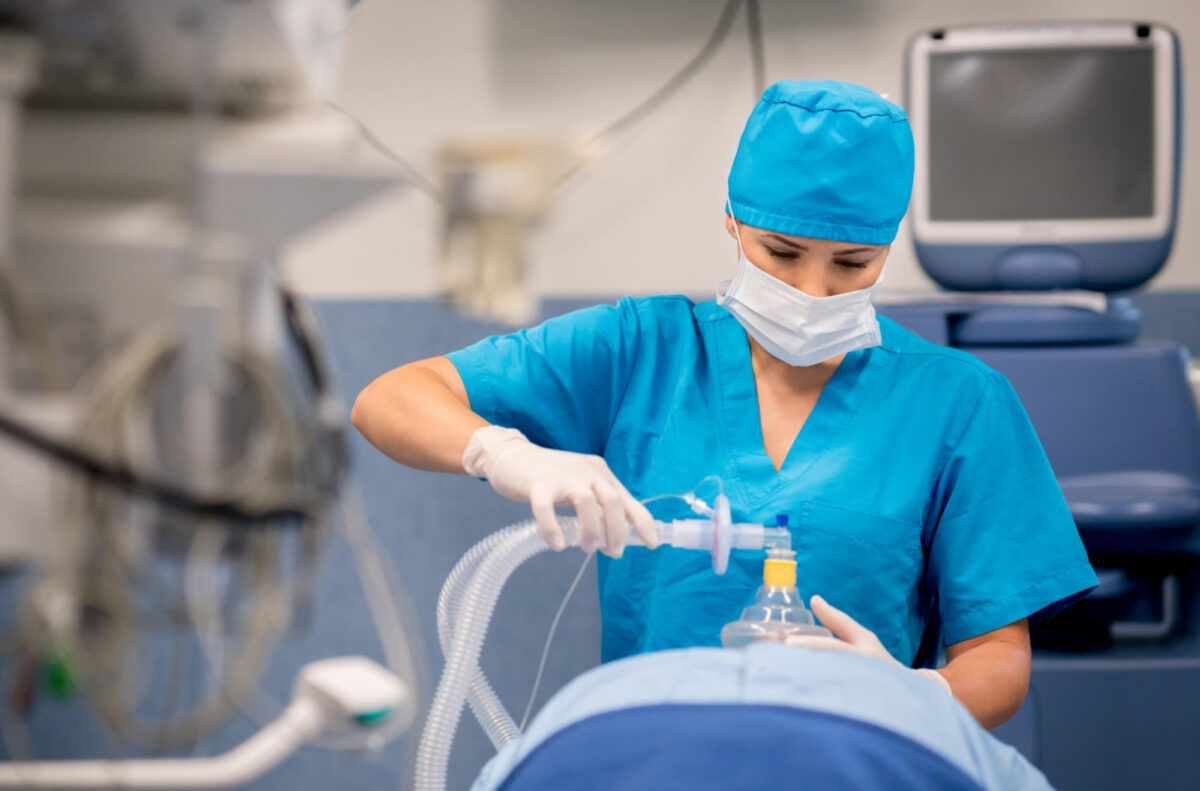Managing Body Temperature in the Perioperative Period

Anesthesia-induced hypothermia was not fully categorized as a surgical risk factor until the late 1980s. Before this period, it was not uncommon for patients to arrive at the post-operative care unit with a body temperature of 34.5° to 35°C. Beginning in the early 1980s, Daniel Sessler and colleagues began investigating the effects of anesthesia-induced hypothermia and found that it increased recovery time while also reducing patient comfort, coagulation, and drug metabolism.[1] The first forced air warmer consequently became commercially available in 1988, allowing randomized control trials which showed that perioperative normothermia, core temperature of 36°C or above, reduced rates of surgical site infection, need for transfusion, and cardiac complications.[2],[3]
Patients under general or neuraxial anesthesia are at highest risk for developing perioperative hypothermia. These anesthetics, involving volatile agents and opioids, reduce the thresholds for vasoconstriction and shivering.[4],[5] Thermoregulation is not typically disrupted during mild to moderate sedation, or peripheral nerve blocks without additional general anesthesia. In order to monitor temperature regulation during surgery, body temperature can be reliably measured in the esophagus, nasopharynx, mouth, and bladder.[6]
Since the initial push for thermal monitoring during surgery, anesthesiologists and engineers have developed the technology to maintain body temperature within a few tenths of a degree Celsius. There are a variety of different perioperative warming devices, all of which fall into two main categories: passive insulation and active warming. A single layer of passive insulation can reduce cutaneous heat loss by up to 30 percent; this percentage varies little with insulating material, as the major heat loss barrier is the air trapped under the layer. Unfortunately, passive insulation is generally not sufficient to prevent perioperative hypothermia. Resistive heating, forced air, and circulating water are all active approaches which can serve to raise body temperature. These methods help alleviate redistribution hypothermia, a lowered core body temperature due to peripheral heat transfer which is very common within the first hour of major surgery.[7] Forced air is the most common active approach to body temperature maintenance; it is generally considered the safest and most cost-effective method, though few studies have thoroughly explored these claims.[8]
In conclusion, perioperative normothermia is integral to improved patient prognosis and surgical outcomes. Maintenance of body temperature in the perioperative period remains an important part of surgical practice and will certainly continue to evolve in light of improving technologies.
[1] Harriet W. Hopf. Perioperative Temperature Management: Time for a New Standard of Care?. Anesthesiology 2015; 122:229–230 doi: https://doi.org/10.1097/ALN.0000000000000552
[2] Mangram AJ, Horan TC, Pearson ML, Silver LC, Jarvis WR: Guideline for prevention of surgical site infection. Hospital Infection Control Practices Advisory Committee. Infect Control Hosp Epidemiol 1999; 20:250–78
[3] Sun Z, Honar H, Sessler DI, Dalton JE, Yang D, Panjasawatwong K, Deroee AF, Salmasi V, Sanger L, Kurz A: Intraoperative core temperature patterns, transfusion requirement, and hospital duration in patients warmed with forced air. Anesthesiology 2015; 122:276–85
[4] J Xiong, A Kurz, DI Sessler, et al. Isoflurane produces marked and non-linear decreases in the vasoconstriction and shivering thresholds. Anesthesiology, 1996, pp. 240-245
[5] A Kurz, JC Go, DI Sessler, K Kaer, M Larson, AR Bjorksten. Alfentanil slightly increases the sweating threshold and markedly reduces the vasoconstriction and shivering thresholds. Anesthesiology, 1995, pp. 293-299
[6] Sessler DI. Perioperative thermoregulation and heat balance. Lancet. 2016 Jun 25;387(10038):2655-2664. doi: 10.1016/S0140-6736(15)00981-2. Epub 2016 Jan 8. PMID: 26775126.
[7] Z Sun, H Honar, DI Sessler, et al. Intraoperative core temperature patterns, transfusion requirement, and hospital duration in patients warmed with forced air. Anesthesiology, 2015, pp. 276-285
[8] HS Yoo, SW Park, JW Yi, MI Kwon, YG Rhee. The effect of forced-air warming during arthroscopic shoulder surgery with general anesthesia. Arthroscopy, 25 (2009), pp. 510-514
